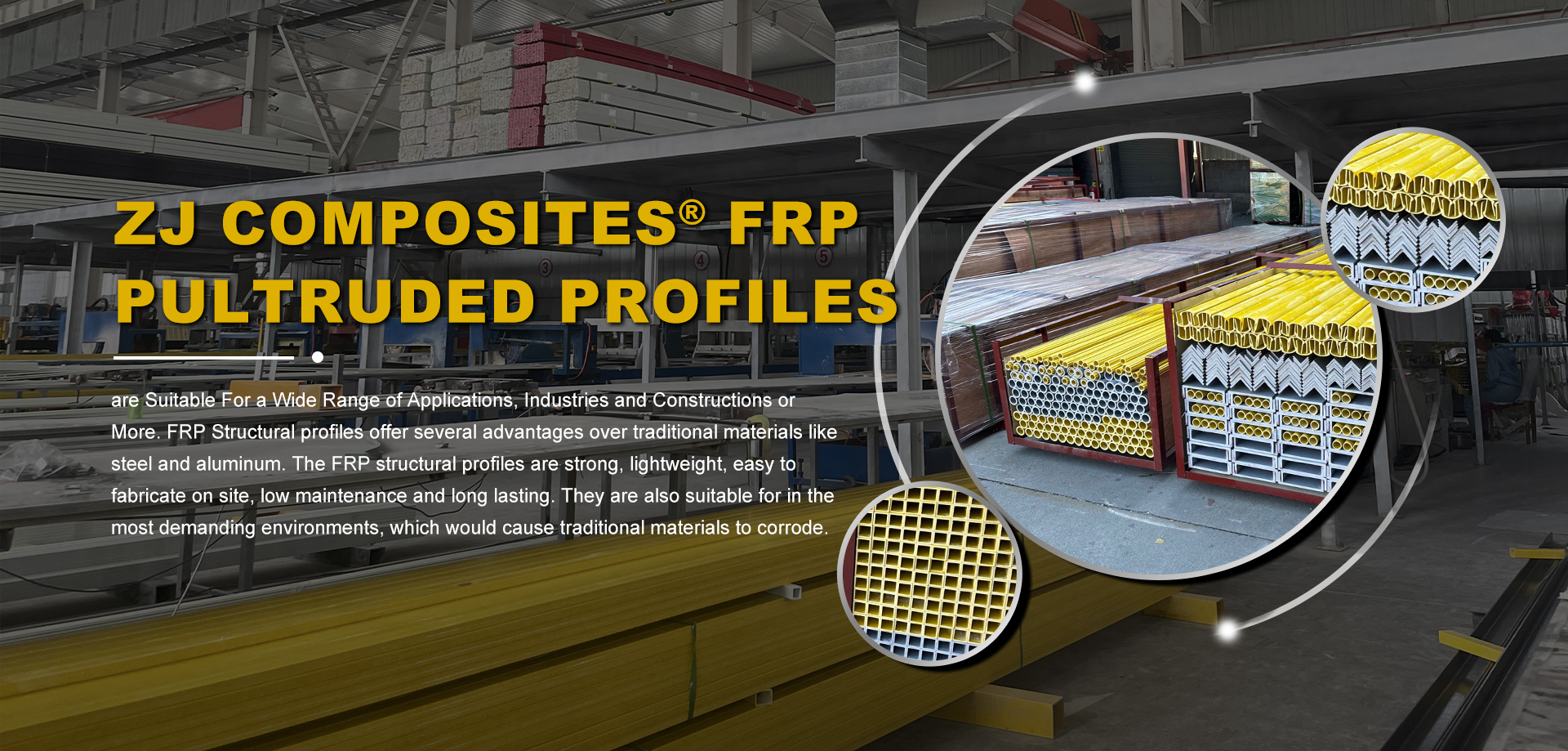loading...
- No. 9, Xingyuan South Street, Dongwaihuan Road, Zaoqiang County, Hengshui, Hebei, China
- admin@zjcomposites.com
- +86 15097380338
- Welcome to visit our website!
Cost Analysis of Fiberglass Reinforced Plastic Grating per Square Foot for Various Applications
Understanding the Cost of FRP Grating per Square Foot
Fiberglass Reinforced Plastic (FRP) grating has become an increasingly popular solution across various industries due to its durability, versatility, and cost-effectiveness. As businesses and contractors seek to install FRP grating for applications such as walkways, platforms, and chemical process areas, understanding the cost per square foot is crucial for budgeting and project planning.
What is FRP Grating?
FRP grating is a composite material created from a polymer resin reinforced with fiberglass. This type of grating is renowned for its lightweight nature combined with impressive strength properties. It is resistant to corrosion, which makes it an ideal choice in environments where metals might degrade over time due to exposure to chemicals or moisture. Moreover, FRP grating is non-conductive, making it suitable for use in electrical applications, and its slip-resistant surface contributes to workplace safety.
Factors Influencing Cost
When determining the cost of FRP grating per square foot, several factors come into play
1. Type of Grating FRP grating is available in various styles, including manufacturer-specific designs and custom options. Open-molded grating is more affordable, while advanced types, such as pultruded grating with a higher load capacity, can be significantly more expensive.
2. Thickness and Load Capacity The thickness of the grating directly affects its load-bearing capacity. Thicker grating solutions generally cost more per square foot, but they provide added strength and durability, which may be necessary for specific applications.
3. Surface Texture Depending on the application, the type of surface finish (i.e., smooth vs. textured) can also impact the cost. Textured surfaces, while often enhancing slip resistance, may require additional manufacturing processes.
frp grating cost per square foot

4. Customization Custom sizes, colors, and configurations tailored to specific site requirements can increase the overall cost. While standard sizes are typically more economical, bespoke solutions are sometimes necessary for unique applications.
5. Market Trends Like any material, market demand and availability influence pricing. Fluctuations in the price of raw materials (such as resin and fiberglass) or changes in production capabilities can affect the cost of FRP grating.
Average Pricing
On average, the cost of FRP grating ranges from $3 to $12 per square foot. Basic options without specialized features can be found closer to the $3 to $5 range, while high-performance grating with customized features may reach up to $12 or even higher. It's essential for contractors and purchasers to compare options and seek multiple quotes to ensure they receive competitive pricing.
Benefits of Investing in FRP Grating
While the initial cost might seem higher than traditional materials like steel or wood, the long-term benefits of FRP grating can outweigh these initial expenses. FRP does not rust or corrode, leading to lower maintenance and replacement costs. Furthermore, its longevity and robustness in harsh environments mean that organizations can save considerably over time.
Conclusion
In summary, understanding the factors influencing the cost of FRP grating per square foot is essential for effective project planning. By assessing individual needs, considering long-term benefits, and comparing options, businesses can make informed decisions. As industries continue to recognize the advantages of FRP grating, its demand is likely to grow, making it a forward-thinking choice for modern installations.
-
GRP Structures: The Future of Lightweight, High-Performance EngineeringNewsJun.20,2025
-
FRP Water Tank: High-Performance Storage for Corrosive and Clean Water SystemsNewsJun.20,2025
-
FRP Square Tube: The New Industry Standard for Chemical and Structural ApplicationsNewsJun.20,2025
-
FRP Pultruded Profiles: The Ultimate Choice for Lightweight Structural StrengthNewsJun.20,2025
-
FRP Handrails: The Safer, Smarter, and Stronger Choice for Modern InfrastructureNewsJun.20,2025
-
FRP Grating: The Smart Solution for Durable, Lightweight Industrial FlooringNewsJun.20,2025
-
Why Choose a Galvanized Water Tank for Your Storage NeedsNewsMay.21,2025
